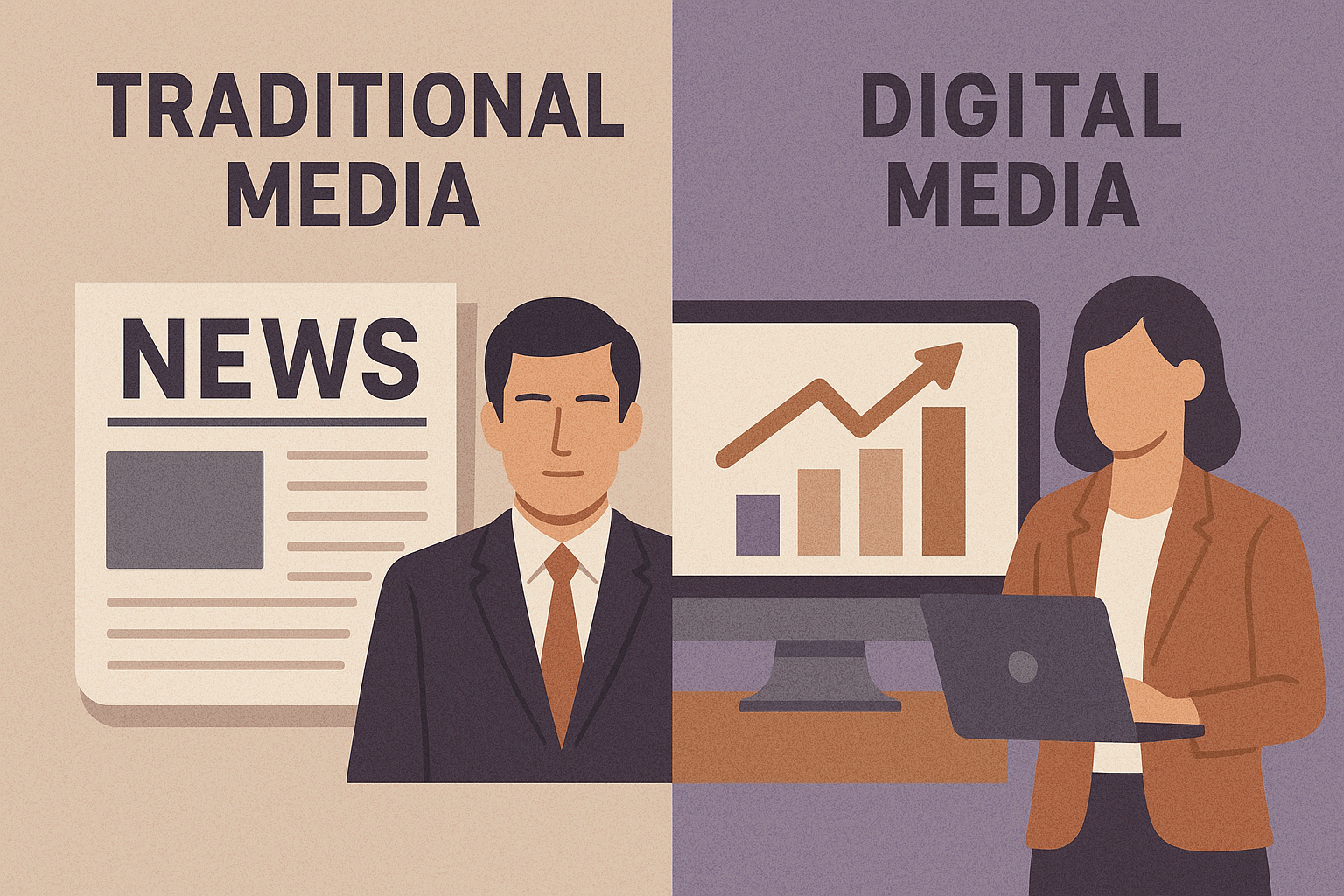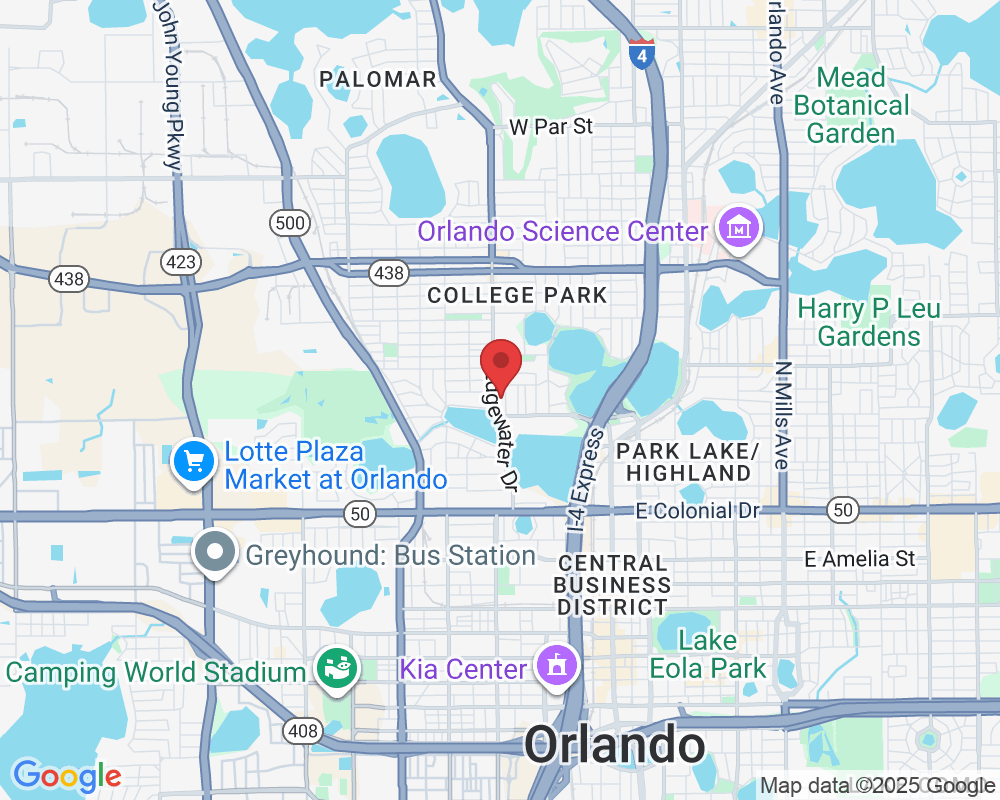
B2B Lead Generation in 2025: Why AI Adoption Hasn't Lowered Costs Yet
TL;DR: We're ten months into 2025, and while 75% of B2B companies now use AI for lead generation, costs haven't dropped. The problem: massive tool fragmentation, consumer trust issues with AI content, and the persistent need for human connection in closing deals.
What's Happening with B2B Lead Costs in 2025?
AI tool adoption is universal, but companies haven't settled on what works
Large marketing teams find optimal tools while small businesses struggle, creating cost variation within the same industry
Consumer trust in AI content is declining (71% express concerns), forcing businesses to maintain human touchpoints
TikTok delivers 1.8x better B2B conversion rates than traditional channels
Marketing budgets remain at 10% of revenue, but spending is shifting between channels
Why Haven't AI Tools Reduced Lead Generation Costs?
We're ten months into 2025 and something strange is unfolding in B2B lead generation.
AI tools are everywhere. Marketing teams test different platforms for blogging, social media, and form fills. The experimentation is universal.
Nobody's settled on what works.
75% of B2B companies now use AI in their sales processes. That's massive adoption for technology that's been mainstream for only two years.
The problem? Large marketing departments with resources find excellent tool combinations. Mom-and-pop insurance companies are still figuring out the basics.
This creates wild variation in lead costs across the same industry.
What This Means: Tool fragmentation, not tool availability, is driving cost disparities in 2025. Companies with resources to test and optimize see results. Smaller players are left experimenting.
How Is Consumer Trust Affecting AI-Generated Lead Content?
AI-generated content is everywhere, and people are getting better at spotting it.
They don't trust it.
Healthcare and insurance industries won't hand over lead generation to AI completely. The stakes are too high: patient data, claims processing, financial decisions.
The numbers confirm the hesitation. 71% of consumers worry about trusting AI-generated content. Another 83% think labeling should be legally required.
When people see AI-created videos or copy, many scroll past. They'll say it's fake. They'll lose trust in the business.
The human touch isn't optional anymore. It's the differentiator.
Bottom Line: AI efficiency gains are being offset by trust penalties. Companies that try to replace human touchpoints entirely are seeing lower conversion rates because consumers actively avoid content they identify as AI-generated.
What Marketing Channels Are Working for B2B in 2025?
TikTok as a B2B Channel
TikTok is becoming a legitimate B2B lead generation channel.
MSPs and IT companies remain cautious because of cybersecurity concerns. But the platform delivers. TikTok generates 1.8 times the conversions relative to ad spend compared to traditional B2B channels.
Business owners are on TikTok. You target them specifically without attracting teenagers who don't have purchasing power.
Personalized AI Video
The real opportunity? Personalized AI video that walks prospects through processes:
Sign up for healthcare
Get an insurance quote
Book a service call
These guided video journeys work for retail, insurance, and healthcare. Home services will jump on this hard in 2026. Roofers, plumbers, and electricians face dozens of competitors in every market. They're desperate for an affordable edge.
Key Insight: Channel effectiveness varies dramatically by format and platform. Videos perform well on TikTok and Instagram but flop on Facebook. Carousels work better on Facebook and LinkedIn. Testing across platforms is no longer optional.
What Are B2B Lead Costs by Industry in 2025?
Advertising costs aren't dropping.
Every industry is becoming more global. Marketing teams work from everywhere. Supply chains span countries. We saw this during COVID when builders couldn't get lumber because international sources shut down.
Large companies still invest at least 10% of monthly revenue into marketing. That baseline isn't changing.
What's shifting is where that money goes.
Test advertising across all platforms. See what resonates. A video might crush on TikTok and Instagram but flop on Facebook. A carousel might perform well on Facebook and LinkedIn.
The 2023 data showed:
Healthcare: $162 per lead
Financial services: $160 per lead
IT: $139 per lead
Retail: $34 per lead
Those gaps aren't closing in 2025.
Companies that figure out their optimal channel mix will spend smarter, not less.
Reality Check: The 10% marketing investment benchmark holds steady. Cost per lead gaps between industries remain wide. Efficiency gains come from better channel allocation, not lower overall spending.
Should Companies Replace Marketing Teams with AI?
Executives betting on AI to replace employees or squeeze more work from existing teams are making a miscalculation.
The technology amplifies human effort. It doesn't replace the judgment, creativity, and trust that close deals.
We're not seeing reports of dramatically lower B2B costs yet. The market is still figuring this out.
What I'm certain about: the companies winning in 2026 won't be the ones using the most AI. They'll be the ones using it strategically while maintaining the human elements that build trust and close sales.
The Verdict: AI is a force multiplier, not a replacement. Companies that maintain human judgment and relationship-building alongside AI automation will outperform those that try to automate everything.
Frequently Asked Questions
Why are B2B lead costs still high in 2025 despite AI adoption?
AI tool fragmentation means companies are experimenting with different platforms without clear winners. Large marketing teams optimize their stack while smaller businesses struggle to identify effective tools. This creates cost variation within industries rather than across-the-board reductions.
Which industries have the highest B2B lead generation costs?
Healthcare ($162 per lead), financial services ($160), and IT ($139) maintain the highest costs. Retail remains lowest at $34 per lead. These gaps haven't narrowed in 2025 because they reflect fundamental differences in sales cycles, purchase values, and regulatory requirements.
Is TikTok effective for B2B lead generation?
Yes. TikTok delivers 1.8x better conversion rates relative to ad spend compared to traditional B2B channels. Business owners are active on the platform, and targeting allows you to reach decision-makers without wasting budget on non-buyers. MSPs and IT companies remain cautious due to cybersecurity concerns.
Do consumers trust AI-generated marketing content?
No. 71% of consumers worry about trusting AI-generated content, and 83% believe AI content should be legally labeled. When people identify content as AI-created, many scroll past or lose trust in the business. Human touchpoints remain critical for conversion.
What's the most cost-effective B2B marketing channel in 2025?
There's no universal answer. Channel effectiveness depends on format and platform. Videos perform well on TikTok and Instagram. Carousels work better on Facebook and LinkedIn. The winning strategy is testing across platforms to find what resonates with your specific audience.
Should companies reduce marketing staff and rely on AI tools?
No. AI amplifies human effort but doesn't replace judgment, creativity, and relationship-building. Companies trying to replace marketing teams with AI are seeing lower conversion rates because prospects still need human connection to build trust and close deals.
What marketing budget percentage should B2B companies allocate in 2025?
The 10% of monthly revenue benchmark remains standard. Companies aren't reducing overall marketing spend. Instead, they're reallocating budgets between channels based on performance data. Efficiency comes from smarter allocation, not lower investment.
Will AI video replace human-created content for lead generation?
Partially. Personalized AI video works well for guided processes like insurance quotes or service bookings. But completely removing human elements reduces trust and conversion rates. The winning approach combines AI efficiency with human authenticity.
Key Takeaways
75% of B2B companies use AI for lead generation, but tool fragmentation prevents cost reductions. Large teams optimize while small businesses experiment.
Consumer trust in AI content is declining (71% express concerns). Human touchpoints remain essential for conversion.
TikTok delivers 1.8x better B2B conversion rates than traditional channels, proving social platforms work for business audiences.
Industry cost gaps persist: healthcare ($162), financial services ($160), and IT ($139) remain far above retail ($34).
Marketing budgets hold at 10% of revenue. Efficiency comes from better channel allocation, not reduced spending.
AI amplifies human effort but doesn't replace judgment and relationship-building. Companies maintaining human elements alongside AI will win in 2026.
Channel effectiveness varies by format and platform. Testing across multiple channels is now mandatory, not optional.
Custom HTML/CSS/JAVASCRIPT


